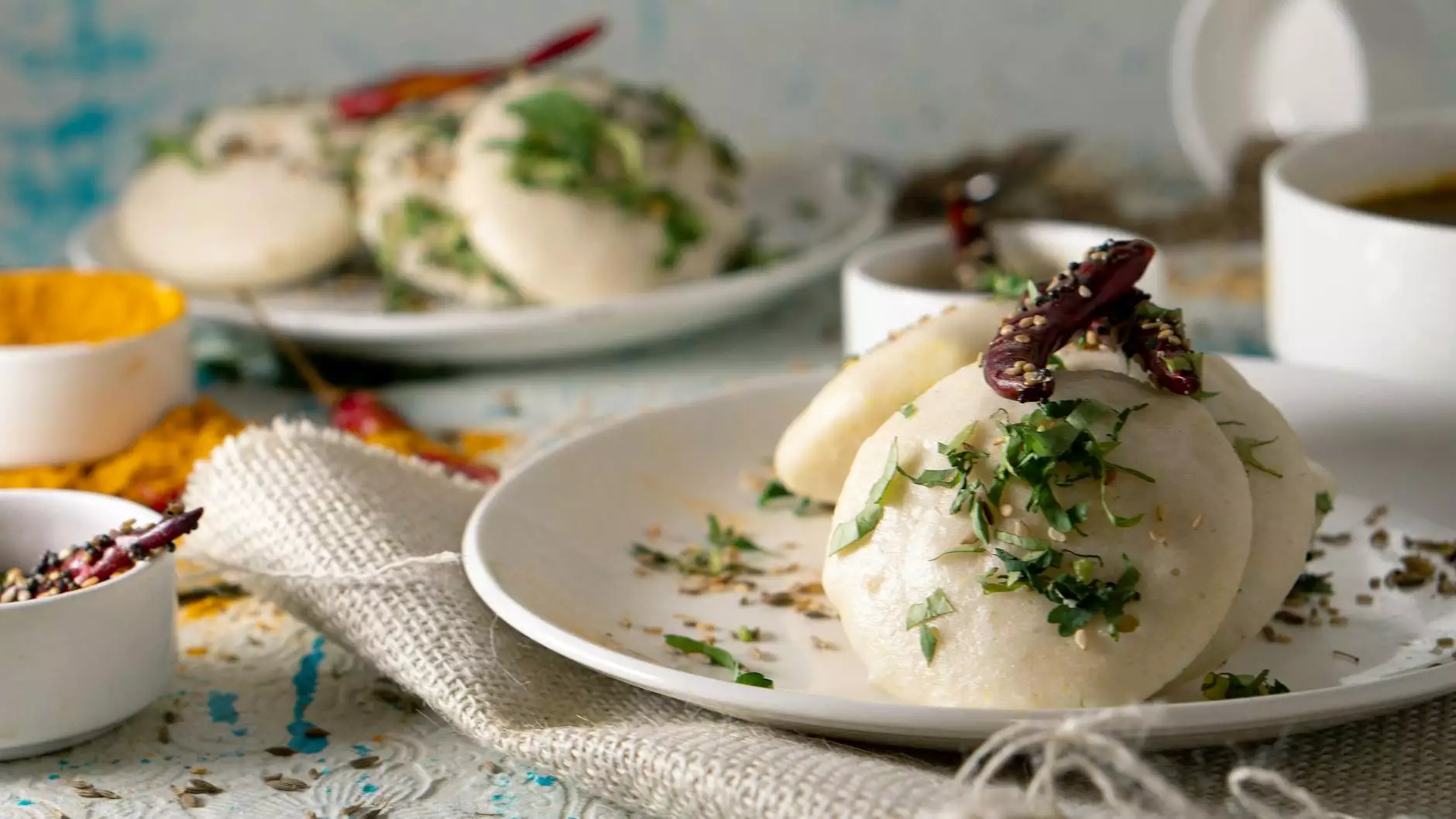A Pinch of Indian Spices - Forage
Food
Introduction
Welcome to Ageless Wisdom Magazine's comprehensive guide on Indian spices. In this article, we will delve into the world of Indian cuisine and explore the rich flavors, benefits, uses, and origins of various spices that can elevate your culinary experience. Whether you're a seasoned chef or an amateur cook, these Indian spices will undoubtedly ignite your taste buds and take you on a flavorful journey!
The Importance of Indian Spices
Indian cuisine is renowned for its vibrant and aromatic use of spices. These culinary treasures not only enhance the taste and aroma of dishes but also offer a plethora of health benefits. From adding depth and complexity to curries to providing natural remedies for various ailments, Indian spices are truly a treasure trove waiting to be explored.
Benefits of Indian Spices
Indian spices are not just known for their incredible flavors; they also offer numerous health benefits. Let's take a closer look at some of the key spices and their unique properties:
- Turmeric: Known for its vibrant yellow color, turmeric is a potent anti-inflammatory and antioxidant spice. It has been used in traditional Indian medicine for centuries and is believed to aid digestion, boost immunity, and promote overall well-being.
- Cumin: Cumin seeds are commonly used in Indian cooking and are known for their digestive properties. They can help alleviate digestive issues, improve metabolism, and add a warm, earthy flavor to dishes.
- Cardamom: Cardamom pods are often used in sweet and savory dishes. This aromatic spice not only adds a delightful flavor but also aids digestion, freshens breath, and can help alleviate respiratory issues.
- Cinnamon: Besides imparting a warm and comforting aroma to dishes, cinnamon is also known for its anti-inflammatory and antioxidant properties. It may help regulate blood sugar levels, lower cholesterol, and boost brain function.
- Ginger: Ginger, with its unique zingy flavor, is widely used in traditional Indian and Ayurvedic medicine. It is known to aid digestion, reduce inflammation, alleviate nausea, and promote overall gut health.
Exploring Indian Spices
Now that we've covered some key spices, let's dive deeper into the world of Indian spices and discover their origins, traditional uses, and culinary applications:
Turmeric - The Golden Spice
Turmeric, often referred to as the "golden spice," is derived from the dried rhizome of the Curcuma longa plant. Originating in South Asia, it has been used in Indian cooking and Ayurvedic medicine for centuries. Its warm, earthy flavor and vibrant yellow color make it a staple in curries, rice dishes, and even beverages like the popular turmeric latte.
Cumin Seeds - The Aromatic Grain
Cumin seeds, known as "jeera" in Hindi, are the dried seeds of the Cuminum cyminum plant. Widely used in Indian cuisine, they offer a warm, slightly nutty flavor and a pleasant aroma. From tempering dal to flavoring biryanis, cumin seeds lend their distinct taste and digestive properties to a range of dishes.
Cardamom Pods - The Fragrant Enigma
Cardamom, often referred to as the "queen of spices," comes in two varieties: green and black. Originating from the Western Ghats of India, this aromatic spice adds a floral and citrusy note to both sweet and savory recipes. From enhancing the flavors of desserts to brewing fragrant tea, cardamom pods are a versatile spice that truly elevates any dish.
Cinnamon Sticks - The Sweet Sensation
Cinnamon sticks, derived from the inner bark of cinnamon trees, offer a warm and sweet flavor profile. Native to Sri Lanka, this spice is widely used in Indian cuisine, from curries and pilafs to desserts like kheer and gulab jamun. Apart from its culinary uses, cinnamon also holds significant cultural and medicinal value in Indian traditions.
Ginger Root - The Zingy Wonder
Ginger, known as "adrak" in Hindi, is a rhizome with a unique spicy and zingy flavor. Widely used in Indian curries, chai tea, and even sweets, ginger adds a delightful kick to recipes. Not only does it enhance the taste of dishes, but it also possesses various health benefits, making it a popular ingredient in Ayurvedic remedies.
The Art of Cooking with Indian Spices
Using Indian spices in your cooking can be an enjoyable and transformative experience. Here are some tips to help you harness the flavors of these spices and create culinary masterpieces:
- Experiment: Don't be afraid to experiment with different combinations of spices. The beauty of Indian cuisine lies in its versatility, allowing you to create unique flavors and dishes.
- Grind Fresh: Whenever possible, grind whole spices just before using them. This ensures optimum flavor and aroma, elevating your dishes to the next level.
- Balance Flavors: Indian cooking revolves around the perfect balance of flavors - sweet, salty, spicy, sour, and bitter. Use spices judiciously to achieve this balance and create well-rounded dishes.
- Learn Traditional Techniques: Explore traditional Indian cooking techniques like tempering (tadka) and dry roasting (bhuna) to unlock the true potential of spices and infuse them into your dishes.
- Pair with Complementary Ingredients: Pair your choice of spices with complementary ingredients for a harmonious flavor profile. For example, coconut milk complements curry spices beautifully, while yogurt can balance out the heat of fiery spices.
Conclusion
In conclusion, Indian spices not only add depth, flavor, and vibrancy to your dishes but also offer a multitude of health benefits. From turmeric's anti-inflammatory prowess to ginger's digestion-boosting properties, each spice brings something unique to the table. By exploring the origins, benefits, and culinary applications of Indian spices, you can embark on a flavor-filled journey that transcends borders and creates memorable culinary experiences. So, unleash your inner chef, savor the rich tapestry of Indian flavors, and let Ageless Wisdom Magazine be your guide on this aromatic expedition!










